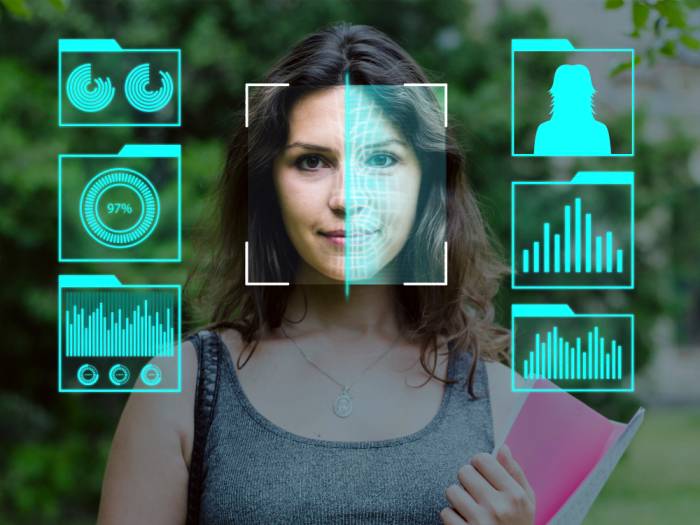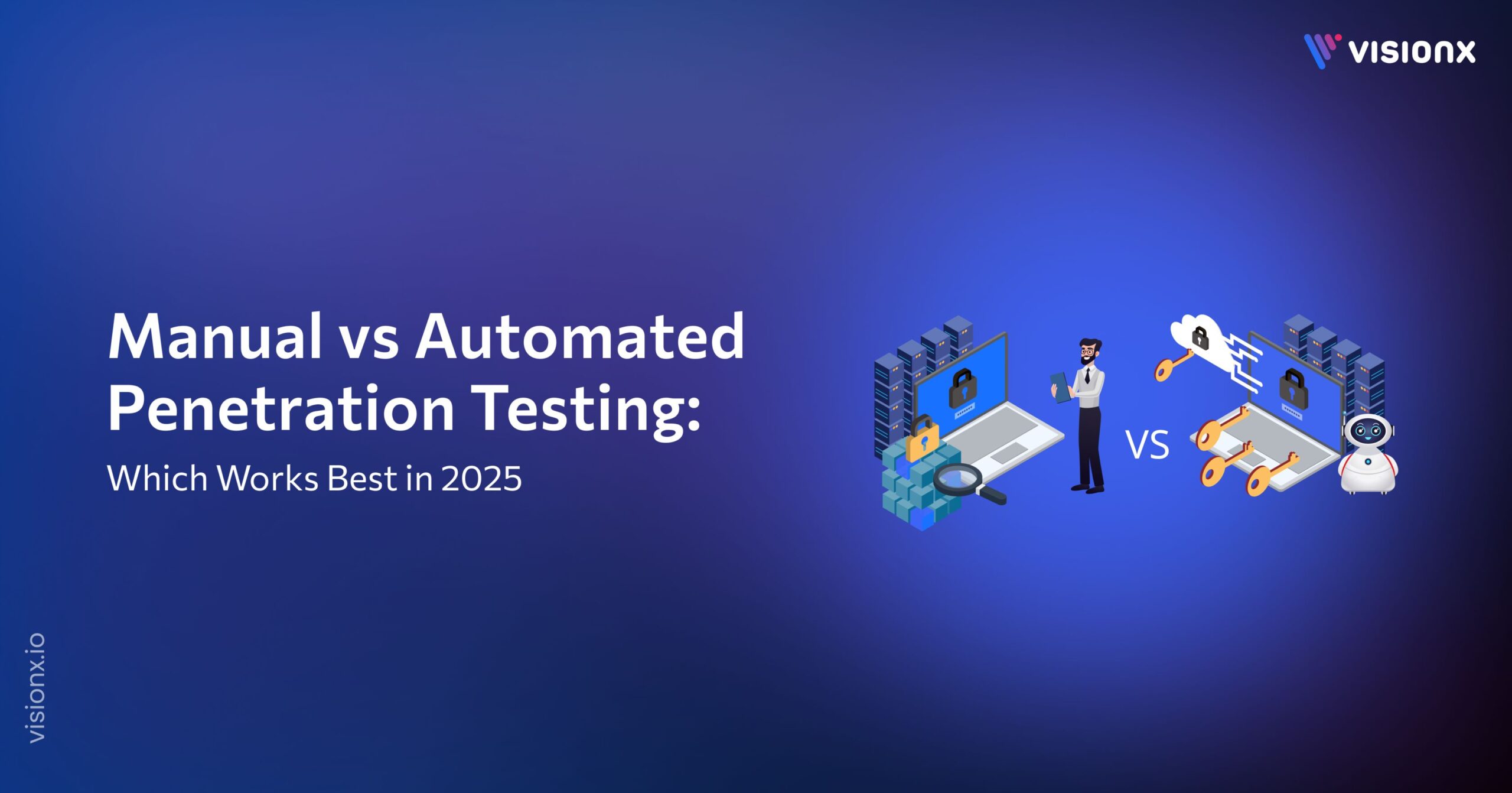Imagine a world where your phone can not only unlock with your face but also instantly identify the breed of your dog in a photo or describe the contents of a painting hanging on your wall. These remarkable outcomes of computer vision rely on a critical process called image annotation.
Just like humans learn by labeling objects and experiences, machines need labeled data to interpret the visual world. Image annotation is the process of adding labels to images, painstakingly outlining the objects, scenes, or actions depicted. This annotated data becomes the training ground for computer vision models, enabling them to “see” and understand the world around them.
What is Image Annotation?
Image annotation is the process of labeling images to train AI and machine learning models. Human annotators typically use specialized tools to add labels or tags to images, identifying different entities or assigning classes to various elements within the images. Machine learning algorithms receive instruction to recognize and interpret visual information using this structured data.
In simpler terms, image annotation involves adding metadata or labels to images so that machines can learn from them. This annotated data is essential for training computer vision models to perform tasks such as object detection, image classification, and segmentation accurately.
How Does Image Annotation Work?
Image annotation involves several steps to ensure that AI and machine learning models are trained effectively to recognize and interpret visual information. Here’s how the process works:
- Image Collection: The first step is gathering a large and diverse set of images relevant to the task. These images can come from various places, including online databases, company archives, or custom photo shoots.
- Annotation Tools: Human annotators use specialized image annotation tools. These tools provide a user interface that allows annotators to draw bounding boxes, polygons, lines, or other shapes around objects in the images or to apply labels directly to regions of the image.
- Labeling: Annotators label each element within the image based on predefined categories or classes. For instance, in an image of a street, different entities such as cars, pedestrians, traffic signs, and buildings would each be labeled with their respective classes.
- Quality Control: To ensure the accuracy and consistency of the annotations, a quality control step is often implemented. This might involve multiple annotators labeling the same images and a review process to resolve any discrepancies.
- Data Structuring: The annotations are structured into a format that can be easily used by machine learning algorithms. This structured data typically includes the image itself along with metadata that describes the annotations, such as the coordinates of bounding boxes or the pixel masks for segmented areas.
- Model Training: The annotated data is fed into machine learning solutions, which are used to learn how to recognize and interpret the visual information. During training, the model adjusts its parameters to minimize errors in predicting the annotations on a separate set of validation images.
- Iteration: The process is often iterative. Models are evaluated on their performance, and based on the results, further annotation might be needed to cover edge cases or improve the diversity of the training data.
Types of Image Annotation
Following are the types of image annotation. Each type is unique and specified for different purposes.
1. Image Classification
Image classification involves assigning a single label to an entire image based on its dominant content.
This is the simplest form of image annotation, where an image is classified into a predefined category without identifying specific objects within the image. It’s useful for broad categorization tasks where the overall theme or main subject of the image is of interest.
Example:An image containing a birthday party with balloons, cake, and people might be classified as “birthday party”.
2. Object Detection
Object detection identifies and locates specific objects within an image by drawing bounding boxes around them and assigning class labels.
This technique goes beyond simple classification by not only recognizing what objects are present but also pinpointing their locations within the image. Bounding boxes are typically rectangular shapes drawn around each object, and each box is labeled with the object class.
Example: In an image of a street, bounding boxes are drawn around each car, pedestrian, and traffic light, and each box is labeled accordingly (e.g., “car,” “pedestrian,” “traffic light”).
3. Semantic Segmentation
Semantic segmentation assigns a label to every pixel in an image, indicating the object or region to which each pixel belongs.
This approach provides a detailed and pixel-level understanding of the image. Each pixel is classified, creating a segmented image where different colors or labels represent different objects or regions.
Example: In an image of a garden, every pixel corresponding to flowers is labeled “flower,” pixels of grass are labeled “grass,” and pixels of the sky are labeled “sky.”
4. Instance Segmentation
Instance segmentation assigns a unique label to each individual instance of an object within an image, in addition to classifying each pixel.
This method distinguishes between multiple instances of the same class within an image. It combines the pixel-level detail of semantic segmentation with the ability to separate individual objects.
Example: In an image with several cats, instance segmentation labels each cat separately (e.g., “cat 1,” “cat 2”), ensuring that each individual cat is uniquely identified and segmented.
5. Keypoint Annotation
Keypoint annotation identifies and labels specific critical points on objects within an image.
This type of annotation is used to mark important landmarks or features on objects. It’s particularly useful in tasks that require understanding the structure or pose of an object.
Example: In facial recognition, keypoints might be labeled for the eyes, nose, and mouth on a face. In human pose estimation, keypoints might include joints like shoulders, elbows, and knees.
6. Bounding Polygons
Bounding polygons provide a precise annotation by drawing closed shapes with multiple sides around objects, allowing for irregular shapes to be accurately labeled.
Unlike bounding boxes, which are rectangular, bounding polygons can conform to the exact shape of an object. This is useful for objects that do not fit neatly into rectangular shapes.
Example: Annotating the outline of a tree, which has an irregular shape due to its branches and leaves, can be done using a bounding polygon.
7. Lines and Splines
Lines and splines are used to annotate linear objects in images by connecting points to trace the path of the object.
This annotation type is ideal for mapping continuous objects or features that follow a path. Splines are smooth, curved lines that can follow an object’s natural shape more closely than straight lines.
Example: Annotating a road in a satellite image by drawing a line that follows the road’s path. Similarly, annotating a river by tracing its course with a spline.
Use Cases of Image Annotation
Autonomous Vehicles
Image annotation is crucial for training self-driving cars to recognize and respond to various objects and conditions on the road. Annotated images help identify vehicles, pedestrians, traffic signs, lanes, and other obstacles. This enables the car’s AI system to understand its surroundings and make safe driving decisions.
Medical Imaging
Image annotation assists in diagnosing and treating medical conditions by enhancing the analysis of medical images. For instance, annotating X-rays, MRIs, and CT scans to highlight tumors, fractures, organs, and other anatomical features aids in early diagnosis and precise treatment planning.
Retail and E-commerce
The retail and e-commerce sectors benefit from image annotation by enhancing the shopping experience and improving inventory management. Annotated product images enable visual search, automate product tagging, and improve recommendation systems. For example, identifying clothing items and their attributes (color, size, style) in fashion e-commerce.
Agriculture
Image annotation is used in agriculture to monitor crop health and optimize agricultural practices. Annotating images from drones or satellites helps identify crops, assess health, detect pests, and monitor growth. This assists farmers in making informed decisions about irrigation, fertilization, and pest control.
Security and Surveillance
Image annotation enhances the capabilities of security systems to detect and respond to threats. Annotated video footage helps recognize suspicious activities, identify intruders, and monitor restricted areas. This is used in real-time surveillance systems and post-event analysis.
Facial Recognition
Image annotation is vital for training facial recognition systems. Annotating facial images with key points (such as eyes, nose, and mouth) and other features allows these systems to identify individuals in various conditions and angles accurately. This technology is widely used in security, authentication, and social media applications.
Robotics
In robotics, image annotation helps in object recognition and navigation. Annotating images of various objects and environments enables robots to understand and interact with their surroundings more effectively. This is crucial for picking and placing objects, navigating through spaces, and performing complex tasks autonomously.
Augmented Reality (AR) and Virtual Reality (VR)
Image annotation is used in AR and VR to create immersive experiences by accurately mapping and identifying real-world objects. Annotated images help these systems overlay digital information onto the real world, enhancing user interaction and experience in gaming, education, and training applications.
Geospatial Technology
Geospatial technology leverages image annotation for mapping and analyzing geographical data. Annotating satellite and aerial images to identify land use, vegetation, water bodies, and urban areas aids in environmental monitoring, urban planning, and disaster management.
7 Best Image Annotation Tools
Image annotation tools are software applications designed to facilitate the process of labeling images for training AI and machine learning models. These tools come with various features and capabilities tailored to different types of annotations and use cases. Here are some popular image annotation tools:
1. Labelbox
Labelbox offers a comprehensive platform for image annotation, supporting bounding boxes, polygons, keypoints, and semantic segmentation. It provides collaborative features, quality control mechanisms, and integration with machine learning workflows.
Features:
- Supports various annotation types.
- Collaborative annotation environment.
- Built-in quality control tools.
- API for integration with ML pipelines.
2. SuperAnnotate
SuperAnnotate is known for its simple interface and advanced annotation tools. It supports bounding boxes, polygons, keypoints, and instance segmentation. It also offers automation features to speed up the annotation process.
Features:
- Advanced automation tools.
- Supports multiple annotation formats.
- Collaboration features.
- Quality assurance workflows.
3. VGG Image Annotator (VIA)
VIA is a lightweight, open-source annotation tool developed by the Visual Geometry Group at Oxford. It supports annotations like bounding boxes, polygons, and regions of interest (ROIs). Features:
- Open-source and free to use.
- Simple and lightweight.
- Supports various annotation types.
- Easy to customize and extend.
4. CVAT (Computer Vision Annotation Tool)
Developed by Intel, CVAT is a powerful open-source annotation tool designed for computer vision solutions. It supports bounding boxes, polygons, points, and lines, and is widely used in industry and academia.
Features:
- Open-source and free.
- Supports multiple annotation formats.
- Scalable for large projects.
- Integration with machine learning frameworks.
5. LabelImg
LabelImg is a popular open-source tool for creating bounding boxes in images. It is user-friendly and widely used for object detection projects.
Features:
- Open-source and free.
- Simple and intuitive interface.
- Supports bounding box annotations.
- Exports annotations in popular formats (e.g., PASCAL VOC, YOLO).
6. RectLabel
RectLabel is a macOS application for image annotation, supporting bounding boxes and polygon annotations. It is designed for ease of use and productivity.
Features:
- User-friendly interface.
- Supports bounding boxes and polygons.
- Integration with various ML frameworks.
- Customizable keyboard shortcuts.
7. Amazon SageMaker Ground Truth
Ground Truth is a managed data labeling service provided by AWS. It supports a wide range of annotation types and offers built-in tools for automated labeling, reducing the manual effort required.
Features:
- Managed service with scalability.
- Supports various annotation types.
- Automated labeling features.
- Integration with AWS machine learning services.
Image Annotation Challenges
Image annotation, while essential for training AI and machine learning models, comes with several challenges:
High Labor and Time Intensive
Image annotation is a manual and time-consuming process that often requires significant human effort. Annotators must carefully label thousands or even millions of images, which can be both labor-intensive and expensive.
Complexity of Annotations
Certain annotations, like semantic or instance segmentation, require detailed pixel-level labeling, which is complex and demanding. Annotating objects with intricate shapes or in cluttered environments can be particularly challenging.
Subjectivity
Some annotations are subjective and can vary depending on the annotator’s perspective. For example, labeling emotions in facial expressions or identifying fine-grained object categories can be subjective and lead to inconsistent annotations.
Tool Limitations
Annotation tools may be limited in functionality, usability, or support for different annotation types, which can hinder the efficiency and effectiveness of the annotation process.
Handling Ambiguity
Images often contain ambiguous or unclear elements that are difficult to label accurately. Annotators must decide how to handle such cases, which can lead to variability and potential errors in the dataset.
Cost
The cost of manual annotation can be significant, especially for large-scale projects. Hiring and training annotators, managing the annotation process, and ensuring quality can be expensive.
Evolving Standards
The annotation standards and requirements can evolve over time as new research and technologies emerge. Keeping up with these changes and updating annotations to meet new standards can be challenging.
Conclusion
The quality of your machine-learning model greatly depends on your training data. You can build a pretty high-scoring model if you have an adequate number of precisely labeled images, videos, or other data.
With an understanding of image annotation, the different types, techniques, and many use cases, you can now proceed to work on better-annotated projects or lift your model building to another level.


